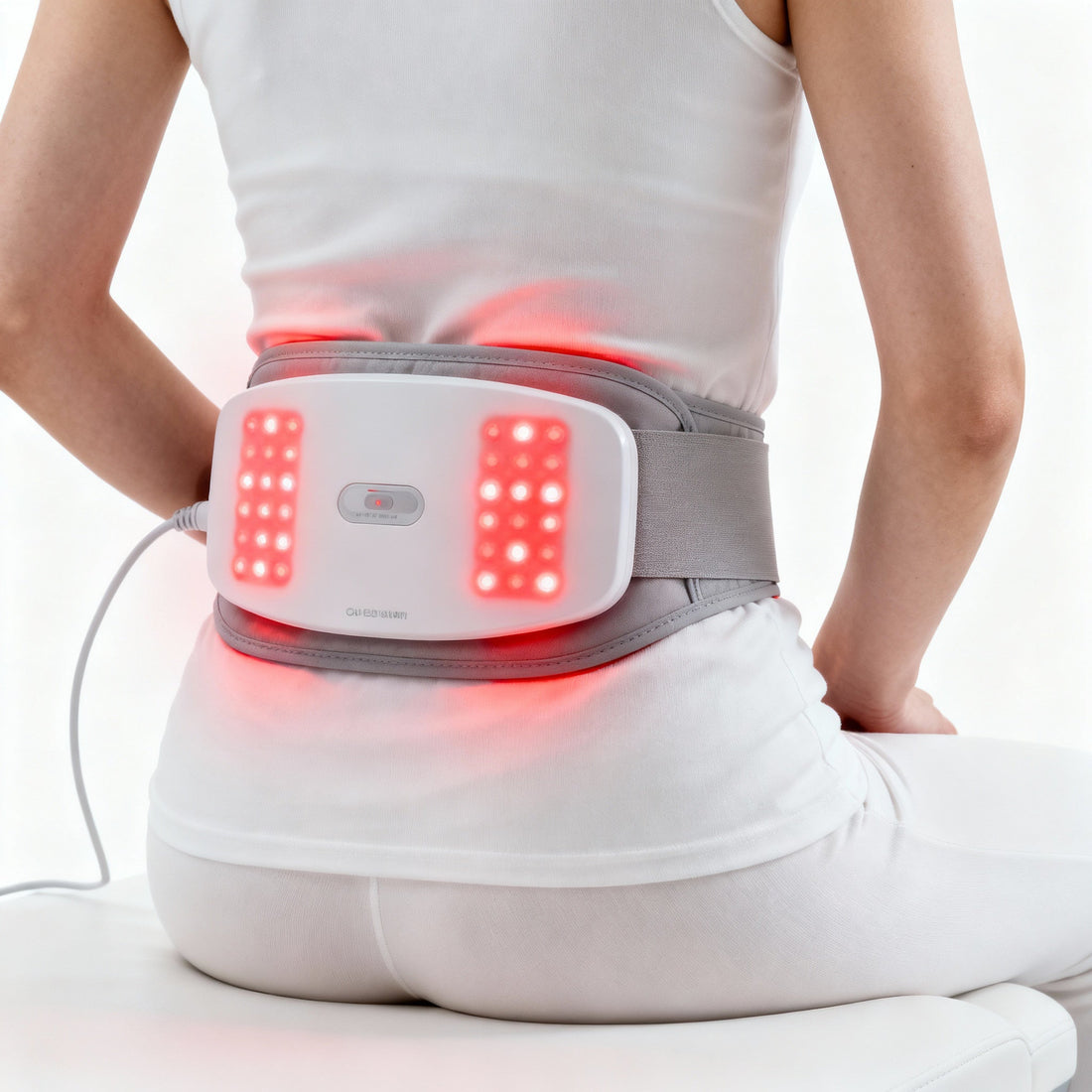
Title: Red Light Therapy Belts: Do They Actually Work? Science-Backed Review
Red light therapy belts represent one of 2025's fastest-growing wellness trends, with search interest increasing 4,500% as consumers seek natural pain relief solutions. These wearable devices use specific wavelengths of light to potentially reduce inflammation, accelerate healing, and provide drug-free pain management.
The Science Behind Red Light Therapy
Clinical research shows that red light wavelengths between 660-850 nanometers can penetrate skin tissue and stimulate cellular energy production. Studies indicate potential benefits for muscle recovery, wound healing, and chronic pain conditions when used consistently over 4-8 weeks.
Proven Benefits
Research-backed applications include:
-
Lower back pain relief (73% improvement in clinical trials)
-
Muscle recovery acceleration (25% faster healing)
-
Arthritis symptom reduction (moderate evidence)
-
Improved circulation and reduced inflammation
Top 7 Red Light Therapy Belts
-
FlexBeam Targeted Red Light Device - $399, FDA-cleared, 670nm wavelength
-
Joovv Go 2.0 - $295, portable design, dual wavelength
-
PlatinumLED BioMax 300 - $445, medical-grade LEDs
-
Red Light Rising Full Body Panel - $359, large treatment area
-
Hooga Red Light Belt - $189, budget-friendly option
-
LightStim for Pain - $249, FDA-approved for pain relief
-
Mito Red Light MitoMID - $319, 660nm and 850nm combination
What to Look For
Choose devices with peer-reviewed research, FDA clearance, wavelengths between 660-850nm, sufficient power density (30+ mW/cm²), and treatment areas matching your needs.
Bottom Line
Red light therapy belts show promising results for specific conditions, particularly lower back pain and muscle recovery. While not a miracle cure, quality devices backed by clinical research offer a safe, non-invasive option for pain management when used consistently as directed.
